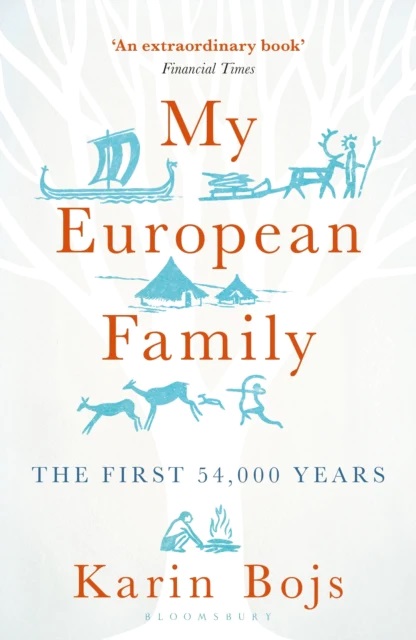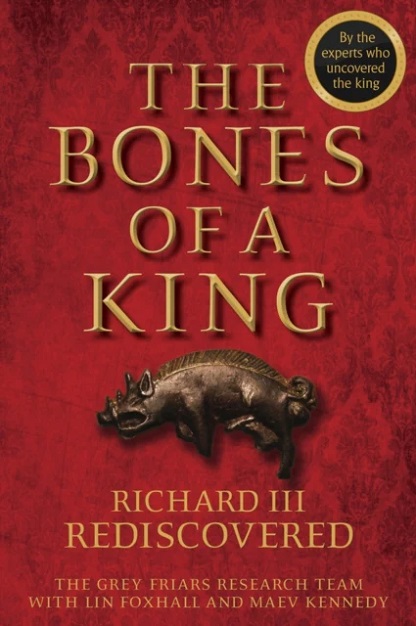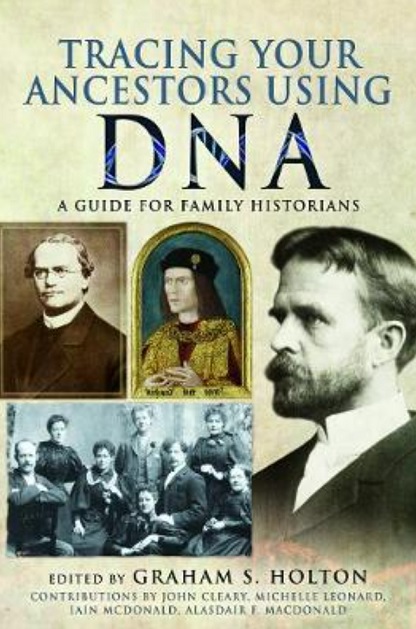Each and every one of us has our own unique DNA profile and genetic fingerprint, which can be used not only to identify people involved in crime but also to establish our genetic ancestry. The extraordinary science of DNA has given us answers to many important questions as human beings, including how our genetic makeup determines who we are, what we pass on to our children, the state of our health and where we come from.
DNA was first identified in the late 1860s by Swiss chemist Friedrich Miescher but it was American biologist James Watson and English physicist Francis Crick who discovered the double-helix structure of DNA – the molecule containing human genes – in the 1950s. This development fundamentally changed the way scientists thought about how DNA molecules worked in heredity and in relation to an individual’s genetic susceptibility to specific diseases and genetic disorders. They also recognised that DNA had a relevant network of connections between people in society and from all over the world.

The book, My European Family, is an example of discovery through DNA and describes how Karin, a science journalist, goes deep in search of her genealogy by having her DNA sequenced to learn more about herself and her family. Her journey traces the path of her ancestors back to the Viking and Bronze ages and while visiting dozens of countries to follow her story, she learns about the early farmers in the Middle East and flute-playing cavemen in Germany and France, among many other fascinating characters. The book also looks at genetics through the eyes of European geneticists, historians and archaeologists in the course of her research.
DNA is a powerful investigative tool because, with the exception of identical twins, no two people have the same DNA. Therefore, DNA evidence collected from a crime scene can be linked to a suspect or can eliminate a suspect from suspicion. In 1983, Colin Pitchfork became the first person in the world to be convicted of murder on the basis of DNA evidence. In 2002, DNA profiling was also used to prove ‘beyond doubt’ from the exhumed body of James Hanratty, hanged in 1962 for the infamous ‘A6 murder’, that he was in no doubt the man guilty of the murder.
One of the most reliable forms of evidence in criminal cases is encoded in DNA, which can be collected from blood, hair, skin cells and other bodily substances. These samples can also be used to solve old crimes, and one of the most recent (but very old) discoveries using this technique were the bones of a king, Richard III.

When an archaeological team led by the University of Leicester identified the remains of England’s last medieval king in a car park in February 2013, ironically under the letter ‘R’, it captured the world’s attention. The Bones of a King: Richard III Rediscovered presents the official behind-the-scenes story of the Grey Friars dig from the team of specialists who discovered and identified his remains.
The book explains the scientific evidence behind the king’s identification, including the DNA retrieval and sequencing from his remains and from the surrounding soil samples. From the discovery to the DNA profiling, the book builds an expansive view of Richard’s life, his health and even the food he ate, up to his death and burial. It also provides accounts of the treatment of his body prior to burial and his legacy in the public imagination from the time of his death to the present. Along with photographs and illustrations, the book has a mass of useful information for those researching and understanding DNA.

The subject of DNA is complex and perhaps difficult for traditional genealogists to understand but in relation to research, the book Tracing Your Ancestors Using DNA offers a clear and practical way into the subject. It explains the scientific discoveries and techniques and is illustrated with case studies showing how it can be used by genealogists to gain an insight into their ancestry. For those novices who are keen to learn, this book will be able to interpret test results and use them to help answer genealogical questions which cannot be answered by documentary evidence alone. It will also appeal to those with some experience in the field because it places the practical application of genetic genealogy in a wider context, highlighting its role as a genealogical tool and suggesting how it can be made more effective.
The science of DNA has come a long way since its discovery, solving what was once the unsolvable and unravelling what would have never been previously possible. However, DNA is a vitally important molecule, not only for humans but also for most other organisms as it contains hereditary material that makes all creatures, great and small, unique.
The comment about James Hanratty is not as clear cut as you state, it is known that Valerie Storrie’s underwear that had Hanratty’s DNA on was not kept in pristine modern conditions and as I understand it there is a second DNA sample which has been unidentified. For years the Home Office refused requests from the Hanratty family to be carried out and all of a sudden it falls in the Home Officer’s favour when they agree. There was a court case reported some years ago when a man’s DNA was found and was said to be that of a ‘white man’ and the defendant’s lawyer pointed out to the court that his defendant was Black!!, the defendant was rightly acquitted. I doubt you can trace your descendant back 54,000 years with any accuracy, at least with actual records there is a time-line of facts.
The latest advances in Y Chromosome DNA Sequencing using BigY-700 testing from Family Tree DNA (FTDNA) can give a full cascade of single base changes on that Y Chromosome bridging back at least 54,000 years – but you need to get two male lines descending from that far back to get a named single base change – and you very soon discover the fate of most male lines is to die out or daughter out.
FTDNA have announced in the past year their ‘Haplotree of Mankind’, based on the Y Chromosome and this BigY-700 sequencing. This all continues to grow like topsy – but mostly populated by Americans (of course). Dating these single base changes is notoriously difficult, but there is progress there, and other scientists who deal with the ancient DNA recovered from skeletons (with associated carbon-14 dating) are also taking a renewed interest in the Y Chromosome in such skeletons, as opposed to the mitochondrial DNA which is often 100 times more common in such mineralised tissue. Again, sequencing of ancient Y Chromosome DNA from such skeletons is notoriously difficult as it can be so degraded – but more and more such folk are returning to this fray as they recognise it can provide unique information.
Historians, either classical or family, ignore all this at their peril – it will become an essential tool to reconstruct your true male lineage, or any other lineage by proxy testing – provided you can get to a relevant male line.
I love old documents as much as anyone – and can trace one line of my family back to about 1260 in Pembrokeshire – which for Wales is a miracle. But all this is a game changer for sure – and no-one can do it all.